There can be your advertisement
300x150
10 Myths About Cleaning That May Harm You
White vinegar for any stains
What they suggest: the older generation is convinced that white vinegar can clean any dirt: just apply it to the surface and rinse after some time. In some ways, our grandmothers were right, as it really works well against bacteria and light film.Actually: vinegar can damage wooden surfaces, bleach or change the color of some surfaces, and for leather furniture, vinegar is one of the main enemies. Besides, agree that its smell is far from pleasant.
What to do? Use cleaning products instead of vinegar — a more reasonable option.
Garden newspaper for window washingWhat they suggest: people say that newspaper leaves no streaks and makes windows crystal clear. All you need to do is spray the glass cleaner and wipe with a crumpled paper. This life hack really works, but there's a catch here.
Actually: using a ball of newspaper can cause micro-scratches on windows. The printing ink may leave dark marks that you'll have to remove, doing double work. By the way, when wet, this ink becomes toxic.
What to do? Use soft microfiber cloths or buy a special window scraper.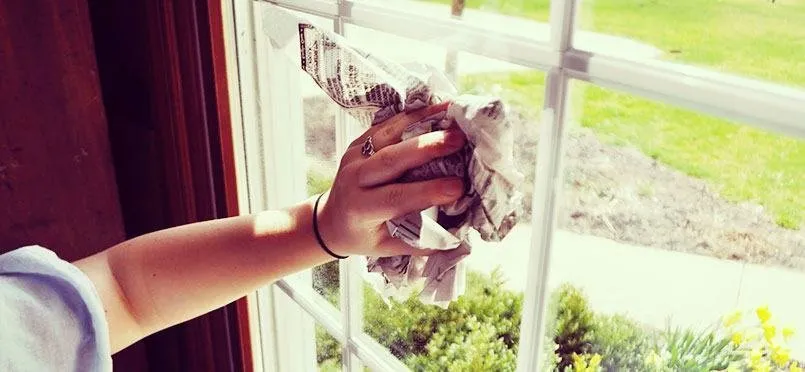 Carpet cleaning with snow
Carpet cleaning with snowWhat they suggest: this method has existed since ancient times. We wait for winter, take the carpet outside and generously sprinkle it with snow. Then we sweep the snow away with a broom, along with the accumulated dust.
Actually: this method doesn't remove all dirt, and the snow that gets stuck in the carpet's fibers will melt when you bring it back inside, making the dirt even more absorbed into the carpet.
What to do? Better sprinkle the carpet with baking soda and then sweep it away with a broom — you will see the result right away. If you want freshness, you can dip a clean carpet into the snow.
 Tea bag for polishing
Tea bag for polishingWhat they suggest: even carpets are said to be cleaned with tea. But the most popular advice is to use tea bags for polishing wooden furniture. It is believed that if you go over the surface with a tea bag, it will clean both dirt and make scratches less noticeable, leaving behind a noble shine.
Actually: do we really need to say that wooden furniture does not like moisture at all? It's not just about humidity, but also about the tea dye, which can slightly change the color of the surface if you use this life hack regularly. By the way, this method doesn't help much with dirt either.
What to do? Use special products for giving shine to wooden items.
Chlorine bleach as a universal cleaning agentWhat they suggest: our mothers and grandmothers added bleach to water for washing anything. The smell is, of course, not one of the pleasant ones. Still, we must give credit where it's due, as this product can actually disinfect surfaces and remove some stains. It also works great for whitening.
Actually: bleach can be fatal to the color of your furniture. Many people like to wash floors by pouring bleach into a bucket. But in the pursuit of cleanliness, people forget about their health, as high concentrations of chlorine vapors can harm respiratory passages.
What to do? Use products for their specific purpose.
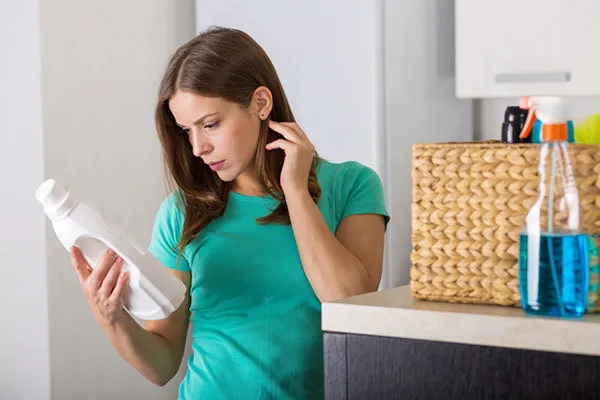 Hair lacquer as an anti-static agent
Hair lacquer as an anti-static agentWhat they suggest: many spray hair lacquer on curtains to prevent them from becoming electrified and keep their beautiful look. It is also believed that lacquer helps preserve the whiteness of sheer curtains and creates a nice shine on drapes.
Actually: it's worth thinking that the lacquer formula is not designed for light fabrics, and it's also sticky. If you regularly use lacquer instead of an anti-static agent, the curtains will simply harden and break at folds.
What to do? Buy an affordable anti-static agent for light textiles.
 Olive oil + lemon juice
Olive oil + lemon juiceWhat they suggest: many people like to treat cabinet furniture with this mixture. According to theory, you need to mix a quarter cup of olive oil with the juice of half a lemon and stir well. Then apply this miracle solution to the surface and clean all dirt.
Actually: this mixture only works for a short time in removing film. The oily residue left by the oil will attract new dust particles, and you'll have to clean again. Olive oil is also quite hard to fully remove from surfaces without leaving streaks.
What to do? Dirty film is easily removed by many special cleaning products. Choose one suitable for your materials.
Salt for cleaning the panWhat they suggest: once again, let's recall our grandmothers: they loved cleaning hardened fat with salt. You need to sprinkle half a cup of salt into the pan and heat it for 15 minutes, then let it cool down, and clean the cookware with a hard sponge, rinse with water, and... voilà! Cleanliness and shine.
Actually: this method works for cast iron and steel cookware in principle. But now we have pans and baking trays with non-stick coatings, and some people still clean them with salt. However, salt is an abrasive material and can easily scrape off the Teflon coating.
What to do? Don't use abrasive materials that can scratch your cookware. Prefer liquid products that soften grime and remove fat from the pan.
 The omnipotent melamine sponge
The omnipotent melamine spongeWhat they suggest: many have gotten used to washing dishes with a melamine sponge. It's very cheap and magically removes any dirty film. No need to apply anything else: when it contacts water, melamine 'activates' its cleaning properties. Then just rub.
Actually: not all is as rosy as the forum housewives write. Melamine itself is a very toxic material. When it enters the body, it can cause poisoning. Besides, during use, the sponge crumbles badly and leaves behind tiny particles.
What to do? A cleaning product and a regular sponge — the simplest and most logical alternative to melamine.
Using dustpans
What they suggest: we all have seen this beautiful 'dustpan for dust' — like in the movies, a palace steward elegantly swings it, bringing cleanliness. How does it work? The secret is simple: the fibers of the dustpan become electrified and attract dust particles.
Actually: after a few cleanings, the fibers lose their properties and the dustpan no longer collects dust but instead scatters it in all directions. So, the item is indeed beautiful, but completely useless.
What to do? Wet a cloth and wipe dusty areas with it — you'll get more benefit!
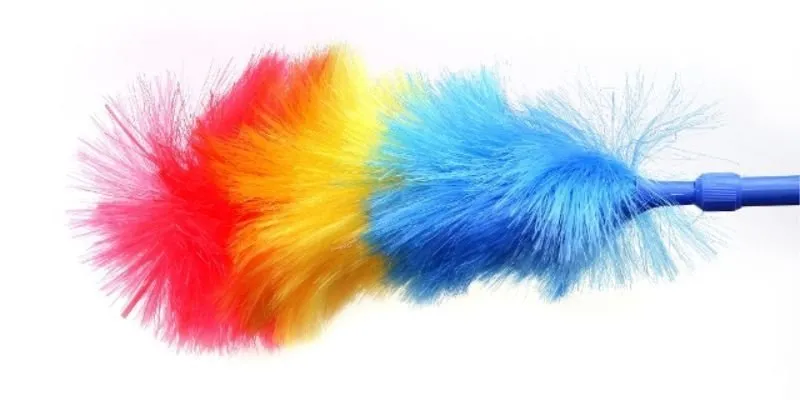
More articles:
 Eclectic Two-Room Apartment in Paris with Three Fireplaces
Eclectic Two-Room Apartment in Paris with Three Fireplaces Repair within budget: how to save without compromising quality?
Repair within budget: how to save without compromising quality? Two-Room Apartment for a Couple: Nasonov DesignWerke Project
Two-Room Apartment for a Couple: Nasonov DesignWerke Project Cozy Country House Interior You Will Love
Cozy Country House Interior You Will Love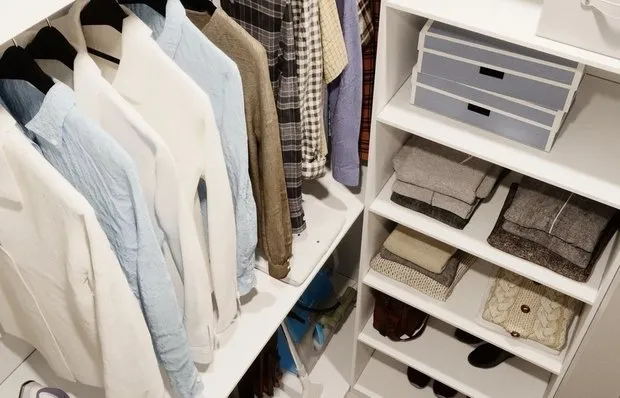 8 Tips for Organizing Storage in a Small Closet
8 Tips for Organizing Storage in a Small Closet How to Decorate a Small Kitchen: 5 Examples
How to Decorate a Small Kitchen: 5 Examples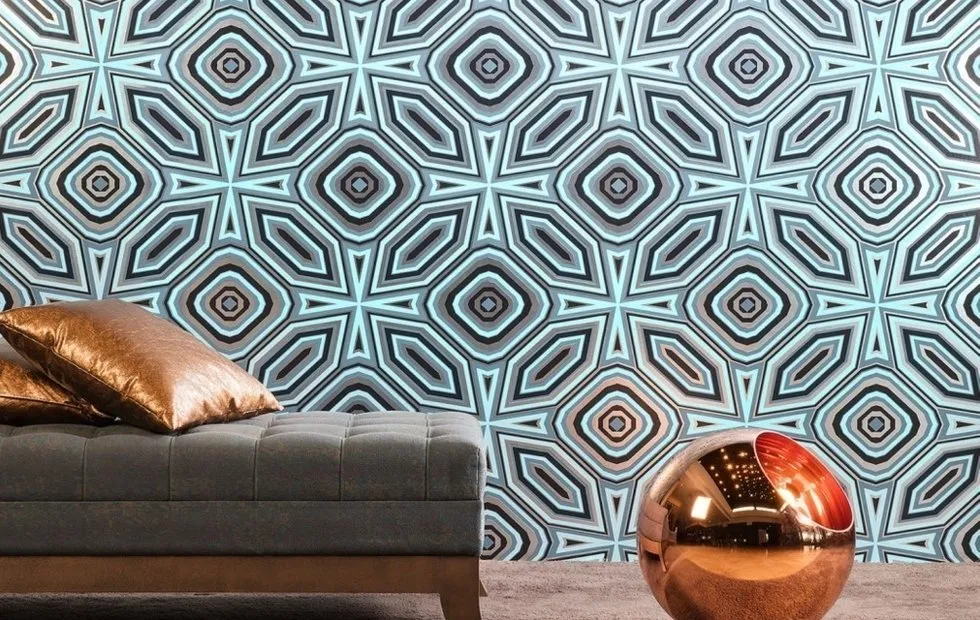 Fashionable Interior 2018 – What Is It?
Fashionable Interior 2018 – What Is It? Absolutely Black Apartment in Sweden
Absolutely Black Apartment in Sweden